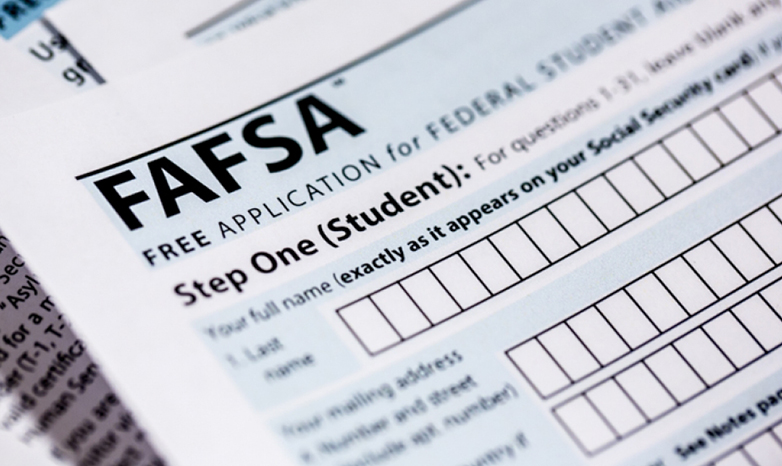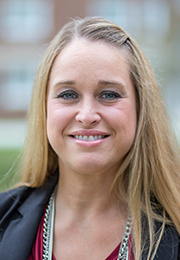FAFSA changes bring flexibility to filing process

August 31, 2016
SLIPPERY ROCK, Pa. - Since the 2012 academic year, nearly two-thirds of full-time college students nationally have depended on financial aid. To qualify, each of them has had to complete and file the Free Application for Federal Student Aid, more commonly known as FAFSA.
For the 2014-15 academic year, roughly 15 million of the more than 20 million college students in the U.S. who filled out the required FAFSA received funding.
Stop and think about that - more than 20 million students visited fafsa.ed.gov and filled out applications in a single year.
That's a lot of web traffic. To make the experience more navigable and uncomplicated for users, the agency is introducing a noticeable change to the national application process.
Rather than opening the 2017-2018 FAFSA on the customary Jan. 1 date, students will now be able to submit applications beginning Oct. 1. Benefits to early filing include the opportunity to qualify for more aid, avoiding late fees and more time to plan and budget.
"Allowing students to have more time to file will be so much more convenient," said JaLynn Sanders, a Slippery Rock University junior political science major from Pittsburgh. "It gives us the opportunity to get everything together and be more relaxed in the process."
The move in filing dates date is one of many changes to the application process, including:
- Older tax data will be accepted: The current FAFSA filing system requires students and parents to complete the application before they've filed the previous year's taxes, which aren't due until April. Families often have to estimate their income and other data and then update their information later.
The new application date means applicants and their families will be able to use the same data they reported on their 2015 tax returns. The use of older data means families can start the process earlier and not have to rely on "guesstimates."
"Historically, FAFSA has looked at prior year incomes, but when the application opens in October, federal aid is hitting the 'reset' button," said Alyssa Dobson, SRU director of financial aid. "While this is the only year this change will be occurring, it will allow users to repeat income information with more accuracy without stressing to file their new tax returns."
The aim is to reduce inaccuracies and the need for verification, give institutions more time to review documents and potentially allow them to mail award letters earlier in the application cycle.
- Schools will lose a data point: When students file the FAFSA, they can choose up to 10 colleges to get their financial details. In the past, when students sent their FAFSAs to multiple institutions, those schools could see the other colleges on the mailing list. Starting with the 2016-2017 application, universities will lose that insight.
While the selection of schools was never necessarily an indicator of interest, a correlation between the first school listed on the application and the student's first school of choice caused universities to disperse their aid unequally.

DOBSON
"This procedure will eliminate the possibility of bias and also ensure fairness with institutional funds," said Dobson. "They won't be able to offer Student A a better award package than Student B because Student A listed the school higher than Student B on the application."
"All of these changes will definitely impact students and families because it will allow them to get their FAFSAs processed earlier and easier," said Dobson. "It will enable them to get plans in place that will prevent them from obtaining late fees on their Slippery Rock bill which could then also prevent registration hold."
Dobson believes that applying for FAFSA is a vital element to optimize every college student's' financial and academic experience.
"FAFSA is a special security net to keep in your back pocket," said Dobson. "Even if you don't think you will qualify, apply. You may receive opportunities that you never would otherwise."
FAFSA processes 22 million applications per academic year and accounts for all federal student aid funds distributed to students through more than 6,200 colleges and careers schools.
MEDIA CONTACT: Maizee Zaccone | 724.738.2091 | mxz1016@sru.edu

